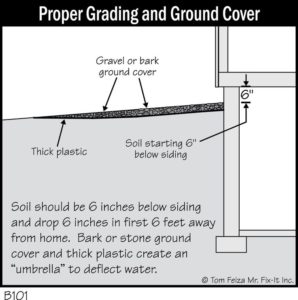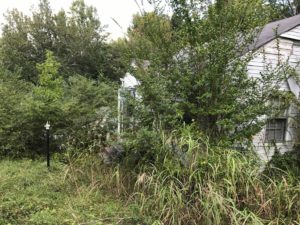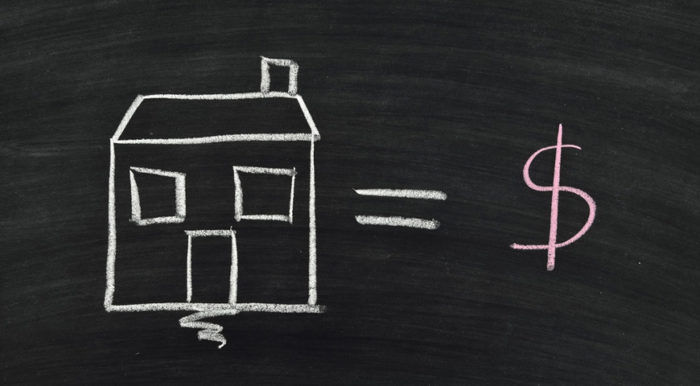When you bought your house, you probably looked at it as an investment. After all, buying a home to live in is a good pay to ride out the appreciation while getting some nice tax benefits along the way. It’s like putting money into a retirement account instead of paying the landlord! To make sure your investment will bear the most fruit when you decide to sell it or pass it on to your children, here are 5 easy ways to make sure you don’t cause unnecessary depreciation to your property:
- Do repairs and maintenance as soon as you notice them.
This one alone is 90% of being able to sell your house for the most later on. A $100 repair can turn into a $500 repair if you wait, and if you wait till you sell, you’ll have to sell on a discount of much more than $500. - Proper Rain Water Shedding
Water is the number one culprit of damage to your home, and rain water can be a lot of water all at once. If rainwater gets behind the barriers your home was designed to have, it can cause damage by rotting wood, attracting termites, or even shifting your foundation causing thousands of dollars in repairs.
Make sure all water on your roof runs into a gutter, and make sure after that water goes down the downspout it runs at least 6 feet away from the house. Periodically walk around your house when it is raining and make sure water is running where it should. If there is a clogged gutter, it may spill over for months and eventually cause the soil holding up your foundation to erode away, for example. - Ground water management
Structural engineers recommend your soil grading drops several inches the first 6 – 10 feet from your home. This source recommends 6 inches of slope for the first 10 feet. Unless you have a significant hill sloping towards your house, you need not hire any grading construction crews, though it certainly would help. Just be aware that water staying next to your foundation over the years can cause the house to move. This is one of the reasons you see houses with “character” that have slanted floors, cracks around doors and windows, and even swampy or damp crawl spaces.
- Healthy Crawl Space and Basement
In another one of our articles, we discuss the critical design flaw of crawl spaces, but whether you have a basement or a crawl space, make sure to keep the humidity below 60%. High humidity leads to a plethora of other issues, such as mold growth (bad for your lungs, and can also break down the wood holding your house together), wood rot, and pests. Make sure you have a vapor barrier in your dirt crawl. Install a sump pump or dehumidifier for more extreme cases. Don’t use your crawl space for storage, which attracts humidity and pests. Keep that crawl or basement dry, and you’ll have a house with strong bones to pass on to the next owner for maximum value! - Clean Landscaping

Keep brush and foliage off of your house. It disrupts how your house was designed to function. For example, vines growing up your house damages the siding and invites bugs and pests into your house. Thick bushes close to the house also invite insects as well as larger pests such as rodents as a hiding place. Trees growing close to or against the house can damage siding/gutters, cause gutters to clog quicker, and even the roots can cause foundation issues. A good goal is to have all plant life at least 18 inches from any part of the house.
For more tips likes these, drop by the form to the right sidebar and have them delivered conveniently to your inbox! You’ll also have access to exclusive content such as a How To Sell Your House PDF guide. —->
